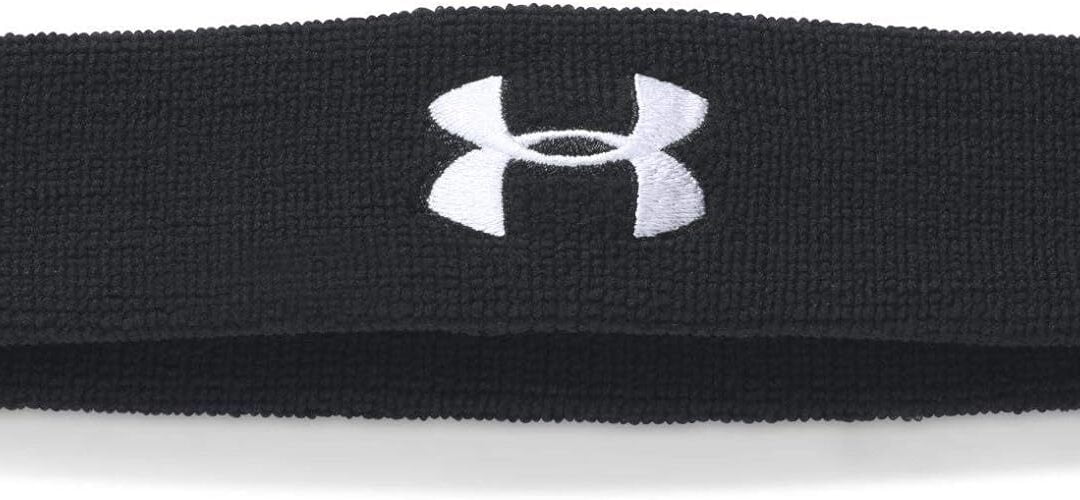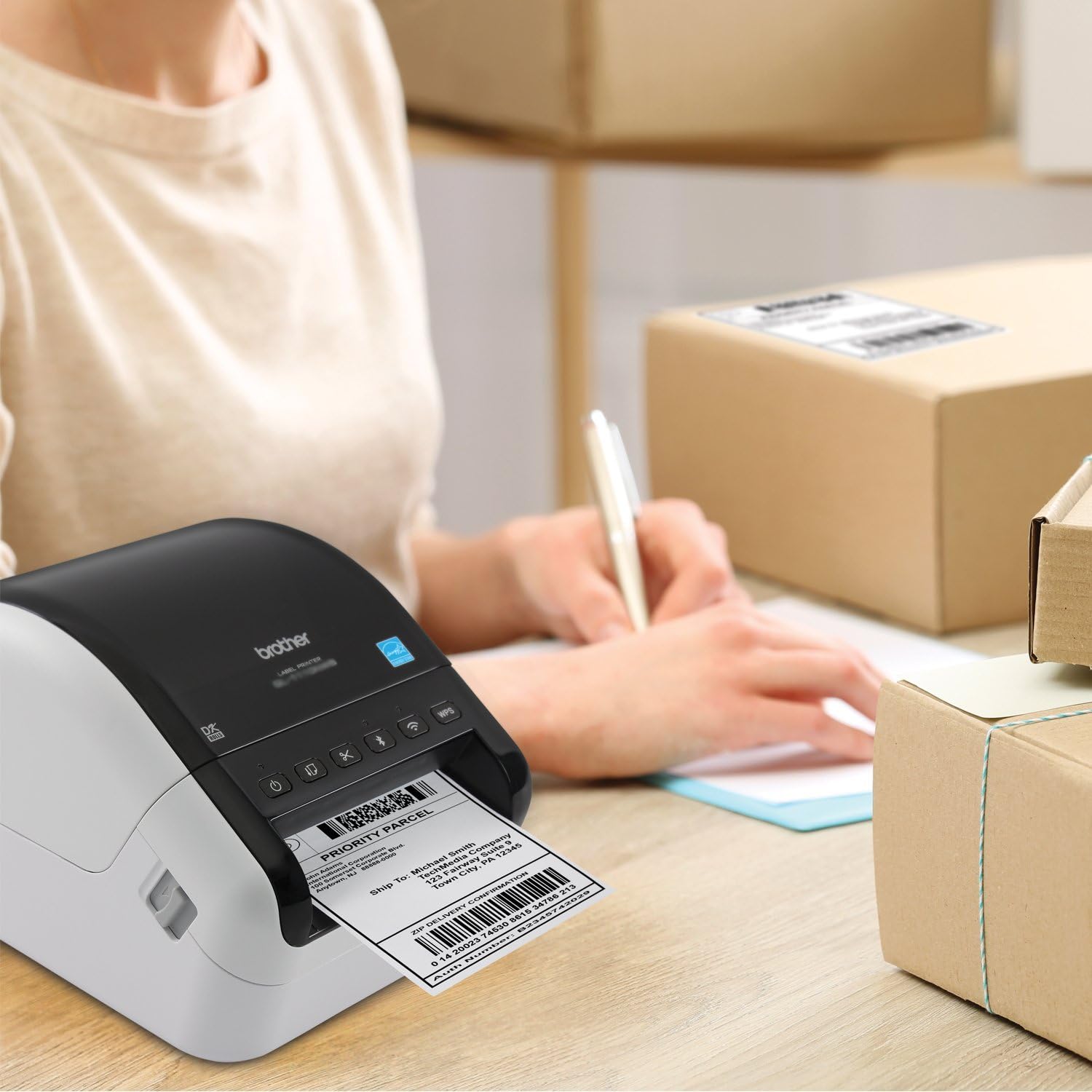Discover the benefits of sweatbands for your fitness routine. Enhance your performance and stay comfortable with these stylish and functional accessories.


A barcode printer is a specialized device used to print barcodes, which are optical representations of data that can be easily scanned by a barcode scanner. These printers are commonly used in various industries such as retail, manufacturing, healthcare, and logistics to streamline operations and improve efficiency.
In this comprehensive guide, we will explore the different types of barcode printers, their features, benefits, and considerations to help you make an informed decision when choosing a barcode printer for your business.
Direct thermal printers use heat-sensitive paper to print barcodes. They work by applying heat to the paper, which causes a chemical reaction and produces the desired image. These printers are cost-effective and require no ink or toner.
Thermal transfer printers use a thermal printhead to transfer ink from a ribbon onto the barcode label. This method provides a more durable and long-lasting print compared to direct thermal printing. These printers are suitable for applications that require high-quality and long-lasting barcodes.
Inkjet printers use liquid ink to print barcodes. They offer flexibility in terms of printing on different types of materials and are suitable for low to medium volume barcode printing.
Laser printers use a laser beam to transfer toner onto the barcode label. They are known for their high-speed printing and are suitable for high-volume barcode printing applications.

The print resolution determines the clarity and sharpness of the barcode. Higher resolutions result in better quality barcodes that are easier to scan. The most common print resolutions for barcode printers are 203 dpi (dots per inch) and 300 dpi. Consider the readability requirements of your barcodes when choosing a printer.
The print speed of a barcode printer is measured in inches per second (IPS). Higher print speeds allow for faster barcode label production, which is essential in high-volume environments. Consider the printing requirements of your business to determine the optimal print speed.
Barcode printers offer various connectivity options such as USB, Ethernet, Wi-Fi, and Bluetooth. Choose a printer with connectivity options that are compatible with your existing systems and infrastructure.
Consider the size and type of labels you need to print. Barcode printers support different label sizes and types, including adhesive labels, tags, and wristbands. Ensure that the printer you choose can accommodate your label requirements.
Barcode printers are used in demanding environments and need to withstand frequent use. Look for printers that are built with durable materials and have a proven track record of reliability.
Consider the user-friendliness of the barcode printer. Look for features such as easy loading of labels and ribbons, intuitive control panels, and software compatibility that make the printing process efficient and hassle-free.
Barcode printers automate the process of creating and printing barcodes, saving time and reducing human error. They enable fast and accurate data capture, leading to increased efficiency in inventory management, product tracking, and asset management.
Barcodes eliminate manual data entry, which is prone to errors. By scanning barcodes, you can ensure accurate and reliable data capture, reducing the risk of errors in inventory counts, pricing, and order fulfillment.
With barcode printers, you can print labels on-demand, eliminating the need for pre-printed labels and reducing inventory holding costs. This enables faster labeling and shipping processes, resulting in improved productivity.
Barcode printers eliminate the need for manual data entry and reduce errors, which can lead to costly mistakes. By improving accuracy and efficiency, businesses can save on labor costs and minimize inventory discrepancies.
Many industries have specific barcode labeling requirements. Barcode printers allow businesses to comply with industry standards and regulations, ensuring seamless communication and collaboration with suppliers, partners, and customers.

Determine the expected printing volume to choose a printer that can handle your workload. High-volume environments require printers with faster print speeds and larger label capacities.
Set a budget for your barcode printer investment. Consider not only the upfront cost but also ongoing expenses such as labels, ribbons, and maintenance. Look for a printer that offers a good balance between cost and performance.
Consider the compatibility and integration capabilities of the barcode printer with your existing systems. Ensure that the printer can seamlessly integrate with your inventory management, point-of-sale, and other software systems.
Choose a barcode printer from a reputable manufacturer that offers reliable customer support and service. Look for warranties, technical support, and access to software updates to ensure long-term satisfaction with your printer.
Consider the future growth and expansion plans of your business. Choose a barcode printer that can accommodate your future needs, such as increased printing volume or additional label sizes.
In addition to the hardware, barcode printers require software to design and print the barcodes. Barcode printer software allows you to create custom barcode labels, manage databases, and control the printing process. Here are some key features to consider when choosing barcode printer software:
Look for software that provides a wide range of barcode design tools and customization options. This includes the ability to choose barcode symbologies, adjust barcode dimensions, add text and graphics, and incorporate variable data such as serial numbers or product information.
Barcode printer software with database integration capabilities allows you to connect to external data sources, such as Excel spreadsheets or SQL databases. This enables you to easily generate and print labels with dynamic data, reducing the need for manual data entry.
Pre-designed label templates can save time and simplify the label creation process. Look for software that offers a variety of label templates for common barcode label types, such as shipping labels, product labels, or asset labels.
If you frequently need to print a large number of labels at once, look for software that supports batch printing. This feature allows you to select multiple labels from your database or file and print them all at once, saving time and improving efficiency.
Barcode printer software should include built-in error checking and verification tools to ensure the accuracy of the printed barcodes. This can include features such as barcode validation, duplicate detection, and error alerts to catch any potential issues before printing.
If you have barcode scanners in your workflow, consider software that can integrate with these devices. This allows you to scan barcodes directly into the software, further reducing the need for manual data entry and improving accuracy.
If multiple employees or departments will be using the barcode printer software, look for software that offers multi-user support. This allows for simultaneous access and collaboration, with user permissions and access controls to maintain data security.
Ensure that the barcode printer software is compatible with your operating system, whether it’s Windows, Mac, or Linux. This will ensure smooth installation and operation of the software on your existing systems.
Choose barcode printer software from a reputable vendor that offers reliable technical support and regular software updates. This ensures that you have access to the latest features, bug fixes, and security patches to keep your barcode printing process running smoothly.

“We have been using a barcode printer in our warehouse for several years now, and it has made a huge difference in our inventory management. The accuracy and efficiency of scanning barcodes have saved us time and reduced errors. Highly recommend investing in a printer!” – John S.
“As a small retail business, we were hesitant to invest in a printer due to the upfront cost. However, after using it for a few months, we saw a significant improvement in our pricing accuracy and order fulfillment process. It has definitely been worth the investment.” – Sarah T.
If your business deals with inventory management, product tracking, or asset management, a printer can greatly improve efficiency and accuracy. It is especially useful for businesses with high volumes of barcode label printing.
While it is possible to print barcodes using a regular printer, barcode printers are specifically designed for barcode printing and offer advantages such as faster printing speeds, higher print resolutions, and compatibility with different label types and sizes.
Consider factors such as your printing volume, budget, integration with existing systems, and future scalability. Look for printers that offer the necessary features and connectivity options to meet your specific barcode printing needs.
The best type of barcode printer depends on your specific requirements. Direct thermal printers are cost-effective and suitable for short-term barcode labeling, while thermal transfer printers offer long-lasting and durable barcodes. Inkjet printers and laser printers are suitable for low to high volume barcode printing, respectively.
Most barcode printers only print in black and white. If you require color barcodes, you may need to consider specialized printers that are capable of printing color barcodes.

Investing in a printer offers numerous benefits for businesses looking to improve efficiency, accuracy, and productivity. Despite the initial cost and ongoing expenses, the time and cost savings, along with the improved accuracy and compliance with industry standards, make printers a valuable tool for various industries. By considering the printing volume, budget, integration capabilities, and scalability, businesses can choose a printer that meets their specific needs and enjoy the advantages it brings.
A barcode printer is an essential tool for businesses looking to improve efficiency, accuracy, and productivity in their operations. By considering the different types of printers, their features, benefits, and considerations, you can make an informed decision and choose the right barcode printer for your business needs.
Investing in a barcode printer can have a significant impact on your business by streamlining operations, reducing errors, and improving overall productivity. Choose wisely and enjoy the benefits of efficient barcode printing.
Barcode printer software is an essential component of a barcode printing system. It provides the tools and functionality needed to design and print customized barcode labels, manage databases, and streamline the printing process. By considering the features and capabilities of barcode printer software, you can choose the right software to meet your specific needs and improve the efficiency and accuracy of your barcode printing operations.
Investing in barcode printer software can greatly enhance the capabilities of your printer and improve the overall effectiveness of your operations. Choose software that offers a user-friendly interface, robust features, and reliable support to ensure a smooth and productive barcode printing experience.